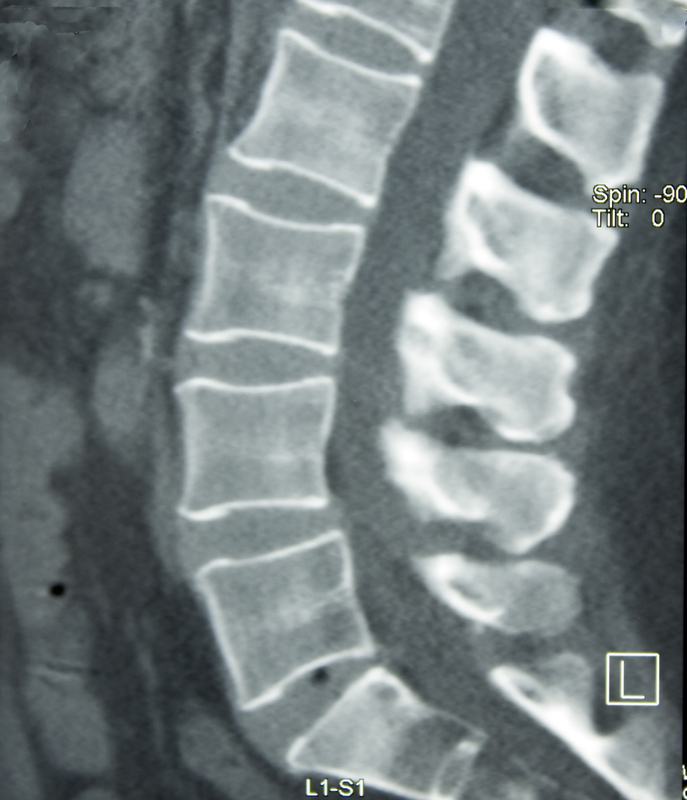 Cervical thoracic, and lumbar transoframinal epidural cortisone injections, also referred to as root blocks or root sleeve blocks, are performed both for pain relief and for diagnostic purposes. You might benefit from this type of injection if you are suffering from:
Cervical thoracic, and lumbar transoframinal epidural cortisone injections, also referred to as root blocks or root sleeve blocks, are performed both for pain relief and for diagnostic purposes. You might benefit from this type of injection if you are suffering from:
- Spinal stenosis
- Herniated disc
- Sciatica
- Pain radiating into your arms or legs
- A recent onset of pain
How it Works
Cortisone is a long acting steroid that reduces swelling of spinal nerve roots in order to reduce pain and inflammation. Transforaminal injections are performed using x-ray imaging, so they are very precise. The nerve roots exit the spinal canal through small openings that are called foraminae. By inserting a mix of medications into these small openings, your doctor can target a selective nerve root and also successfully determine if the specific nerve is the cause of your pain. This helps to reduce nerve inflammation and also pinpoints areas that might need further treatment.

What to Expect
The injection itself takes only five to ten minutes. Local anesthetic is used to numb the area. The injection consists of a mix of saline, anesthesia, and cortisone. You will likely experience immediate relief from the anesthetic that is used, and start experiencing more permanent pain relief around the third day following the injection. Most patients are able to return to work the day after their injection. You might notice soreness or redness around the injection site, but this is temporary.
You may have significant relief after just one injection, but some patients undergo one or two more if their results are not as effective as the doctor would like. The pain relief can last anywhere from several days to several months, with the most common length being six to 12 weeks.
